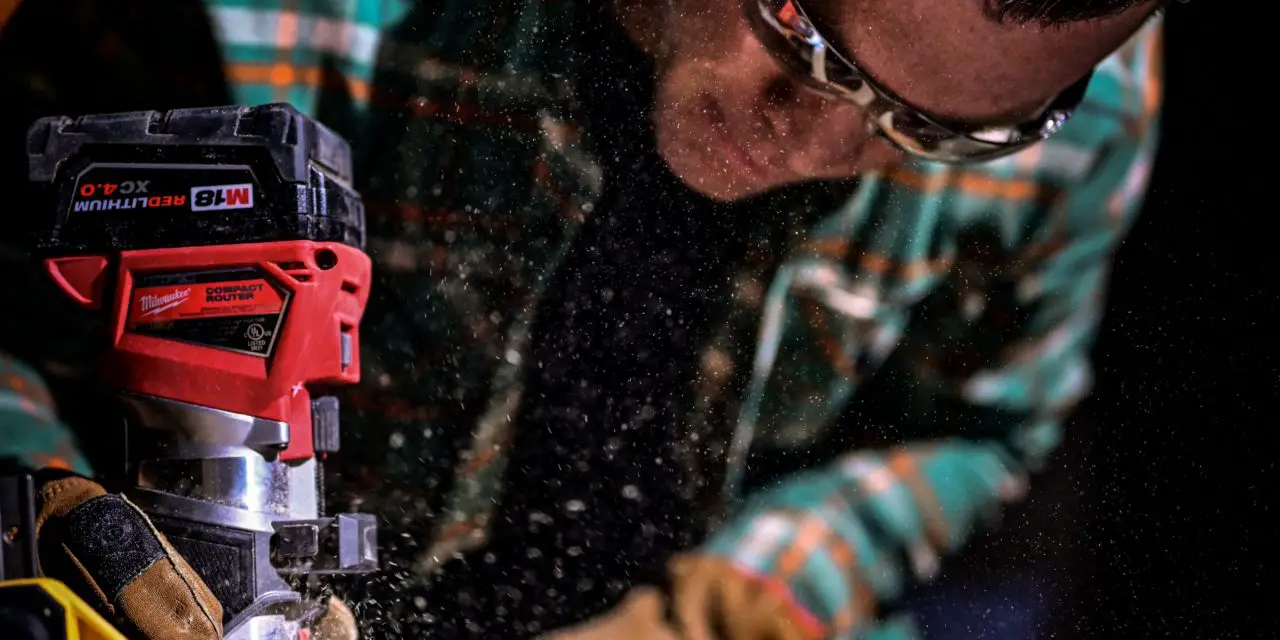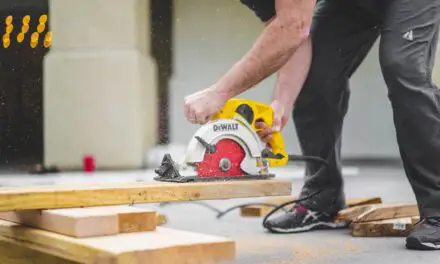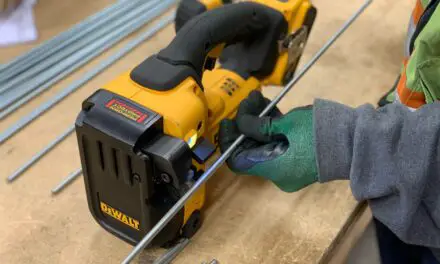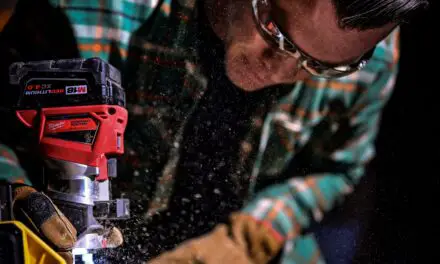Miter saws are an incredibly useful tool to have when working on a home project or building something on a work site. But if you don’t have one on hand, cutting angles becomes a little bit more difficult. How can you effectively cut corners without a miter saw?
There are a few ways you can achieve clean-cut corners without a miter saw. You can use a miter fence on a table or hand saw, or angle the footplates on a jigsaw or circular saw. You could even try creating a jig or using a protractor.
Below, we’ll discuss how you can ensure your project looks clean and professionally done, even without a miter saw. Keep reading to find other options to get those clean corners for any project!
How to Cut Corners Without a Miter Saw
Although miter saws are the best tools for cutting corners, there are other ways to get those clean angled cuts for whatever the job may require.
Some other tools and methods you can use include:
- A miter box with a handsaw
- A table saw with a miter fence
- Adjusting a circular saw’s footplate
- Angling the footplate of a jigsaw
- Creating a jig
- Using a protractor
Below, we will go into further detail about these methods.
A Miter Box with a Handsaw
If you’re on a tight budget but still want to cut pieces of wood at angles, the best option is a hand saw and miter box.
The miter box will help you keep your hand saw straight by limiting the angle to the box’s edges.
This is also an effective method for performing crosscuts.
However, for this technique to work, the material you’re cutting must fit within the miter box, making it less effective for larger projects.
A Miter Fence and Table Saw
A table saw is a great choice if you’re looking for a more versatile power tool.
Table saws are typically used to make beveled cuts and crosscuts.
You can tilt the blade at various angles, or you can use a miter fence.
Adjusting a Circular Saw’s Footplate
The circular saw is a common power tool not only in the woodworking industry, but also in metalworking and masonry.
Many new woodworkers start out with a circular saw before they even buy a table saw.
You can use a circular saw to make angled cuts instead of a miter saw by changing the angle of the saw’s footplate to the angle you need. Often, this will be a 45-degree angle. Adjusting this angle changes the angle of the blade, allowing you to cut corners.
Adjusting a Jigsaw’s Footplate
Similar to a circular saw, you can use a jigsaw to cut corners by changing the footplate’s angle to 45 degrees. This will allow you to achieve clean-cut corners.
However, a jigsaw is slow, and the cut is less clean than it is with a miter saw.
Creating a Jig
A jig can help you cut corners with nearly every type of saw.
You can create a handmade jig out of scrap material. To do so, follow the steps below:
- Use a jigsaw to create a base for your jig.
- Using a table saw for safety, create fences for the front and back of the jig.
- Make a slide for the saw to travel on for cleaner, straight cuts.
- Create and install the rip fence with wood screws for accuracy on the cuts.
- Add the miter guide for adjusting to those sharp angles.
Now, you can use your jig to position the workpiece quickly and securely and cut corners using any type of saw.
Using a Protractor
If you’re in a pinch, you can even use a protractor and pencil to trace and cut corners.
The curved edge of the protractor covers any angle up to 180 degrees, and it’s easy to take to any work site.
Conclusion
Although a miter saw is the best way to cut corners, there are many ways you can do so without one.
If you don’t have a miter saw available, there are several tools you can pull from your workshop and use to cut clean, professional-looking corners.
Choose the best option for the tools you have and the project you’re working on.





